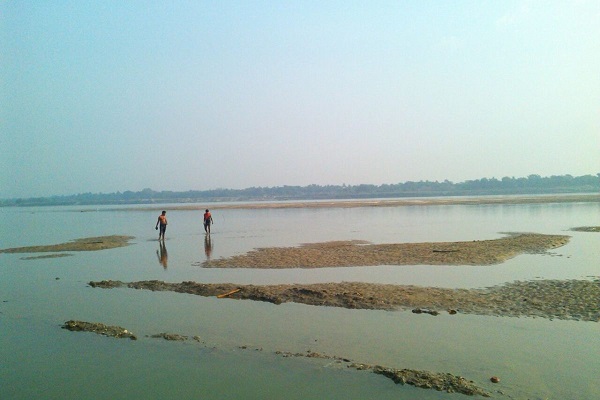
New York, In an alarming find, a team of US researchers has discovered that antibiotic-resistant genes (ARGs) were prevalent in groundwater, posing a potential hazard to public safety and water security.
The big concern is the spread of new and emerging contaminants like ARGs through the water system and an increase in development of antibiotic-resistant super bugs, the researchers warned.
“ARGs are not regulated in any way and are a challenging emerging contaminant of concern due to our reliance on biological treatment in the engineered water cycle,” said Adam Smith, Assistant Professor at the University of Southern California (USC).
“Because they are biological contaminants — small fragments of DNA that are released to the environment — bacteria present in receiving environments can uptake them, becoming resistant themselves, and further perpetuating the spread of resistance.”
Smith and a team of researchers including Moustapha Harb from Lebanese American University and PhD students Phillip Wang and Ali Zarei-Baygi from the USC’s Viterbi School of Engineering, studied and compared samples from an advanced groundwater treatment facility in southern California and groundwater aquifers to detect differences in ARG concentrations.
While they found that the advanced groundwater treatment facility reduced nearly all targeted ARGs to below detection limits, groundwater samples had a ubiquitous presence of ARGs in both control locations and locations recharged with water from the advanced water treatment facility.
While some ARGs are naturally occurring in microbial communities, antibiotics, ARGs and antibiotic resistant pathogens are on the rise in water sources as a result of the overuse of antibiotics in general.
“Looking at the differences in ARGs between various water sources is incredibly important in considering future health hazards, like development of super bugs,” Smith said in a paper published in the journal Environmental Science & Technology Letters.
Since wastewater treatment plants are not generally designed for removal of micro-pollutants like antibiotics, they tend to persist in treatment systems, leading to high densities of ARG resistant bacteria at different stages of treatment.
When this water is introduced into an aquifer, where ARGs are already naturally occurring, it can become contaminated with ARGs and antibiotic-resistant bacteria.
To further complicate the issue, ARGs are easily transferred through horizontal gene transfer, increasing the risk for antibiotic resistant pathogens.
“We must act fast before we enter a so called ‘post-antibiotic world’ where bacterial infections become impossible to treat,” Smith warned.








